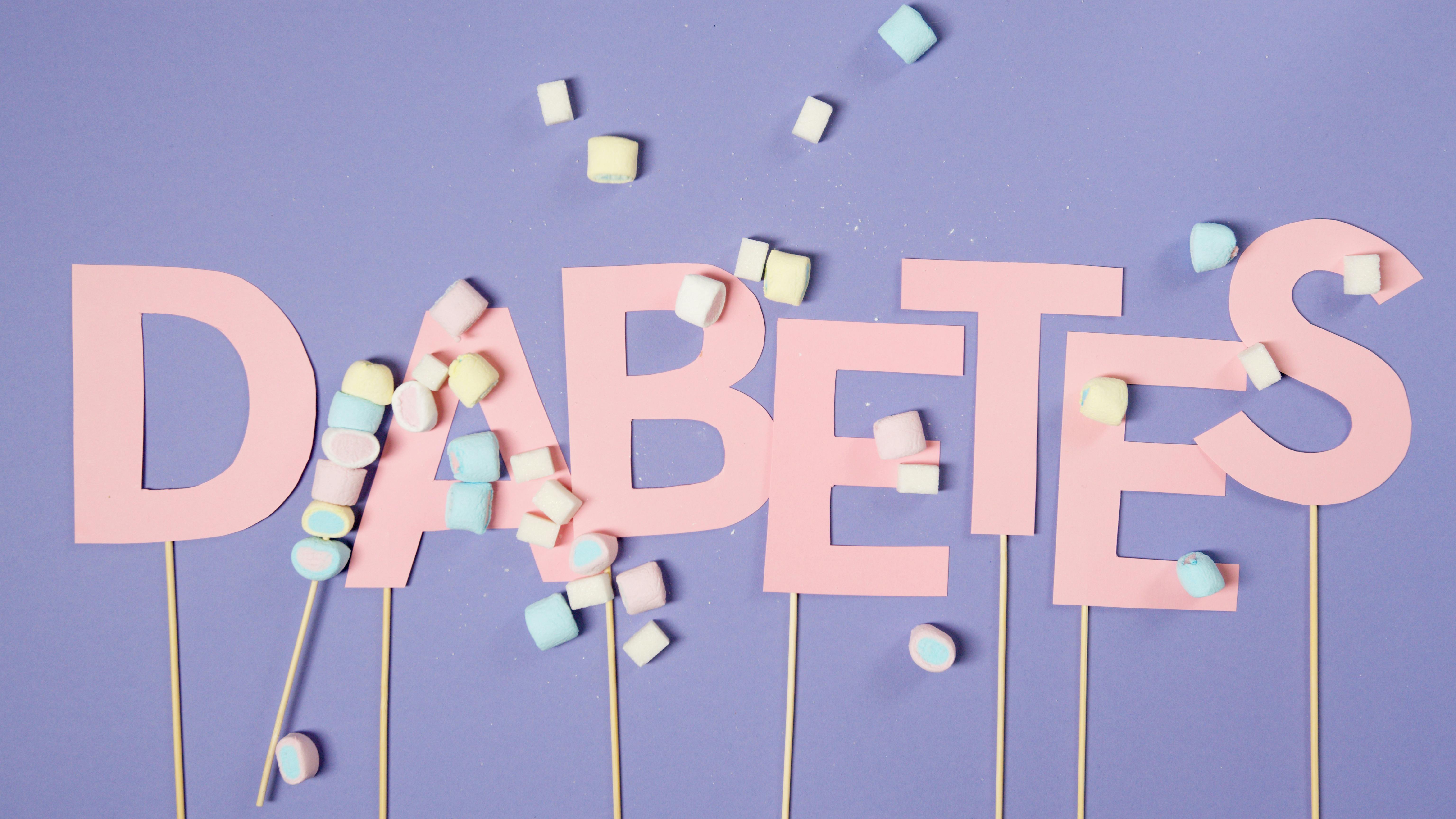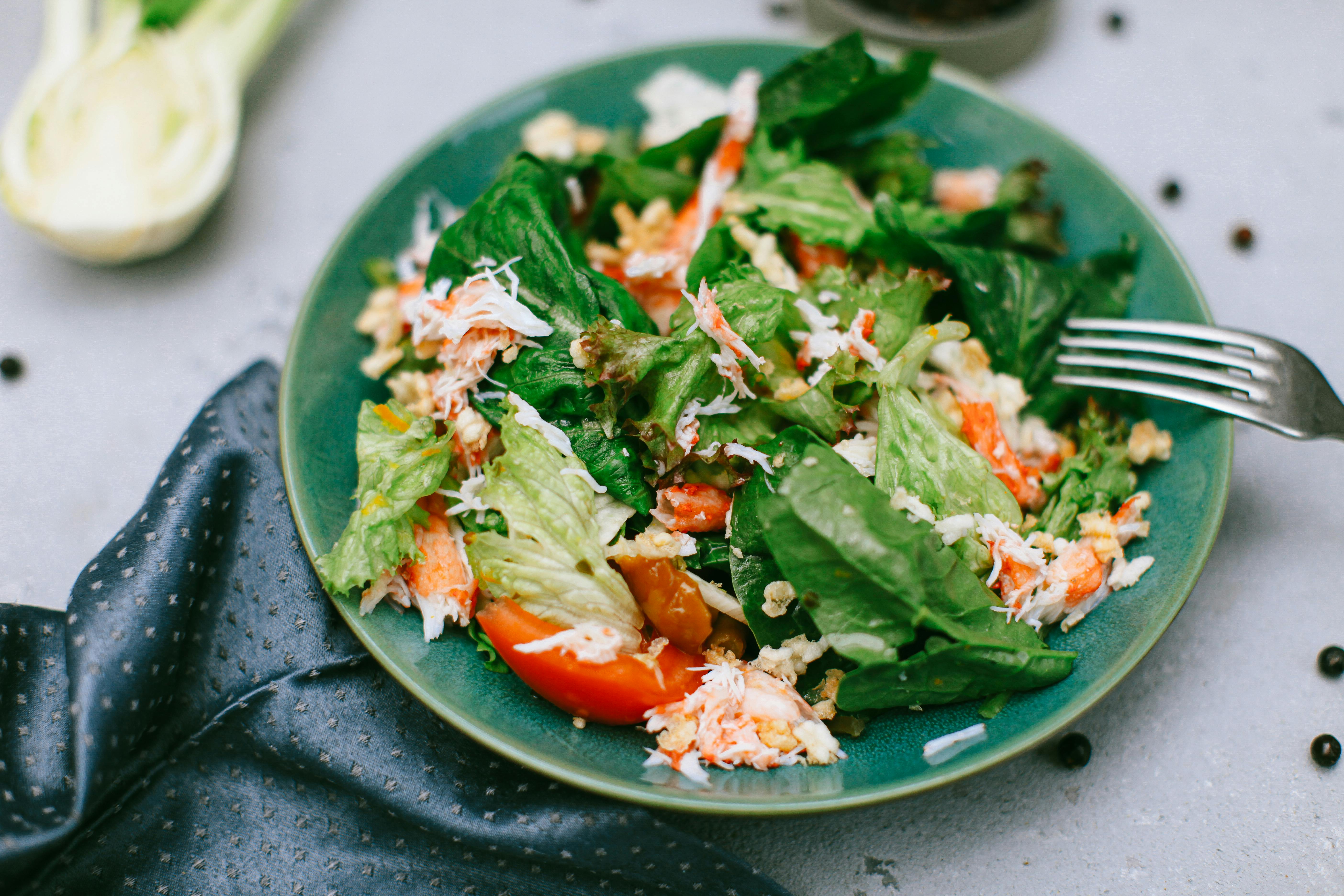
Apply Now


Introduction to Managing Pancreatitis with Diet
Managing pancreatitis effectively requires a careful and considered approach to diet. The pancreas plays a vital role in digestion and regulating blood sugar, making it essential for overall health. When this organ becomes inflamed, it can cause a range of uncomfortable symptoms, including abdominal pain, nausea, and digestive issues. An appropriate pancreatitis diet can aid in recovery, minimize flare-ups, and help maintain digestive health. One effective strategy is the clear liquid diet, which can facilitate the healing process by providing easily digestible nutrients while alleviating stress on the digestive system. By focusing on hydration and low-fat options, this diet emphasizes clear fluids and nutrient-dense liquids that support pancreatic function while avoiding fatty foods that can exacerbate symptoms. In this article, we’ll discuss the importance of a clear liquid diet for pancreatitis, explore meal planning, suitable food choices, and examine essential tips for maintaining nutrient balance during recovery. You'll learn how to manage symptoms effectively, ensuring a healthier path forward.Understanding the Clear Liquid Diet for Pancreatitis
What is a Clear Liquid Diet?
A clear liquid diet consists of easily digestible fluids that help maintain hydration and provide necessary nutrients with minimal digestive workload. This diet is often recommended during recovery from pancreatitis, especially during acute flare-ups. It includes transparent liquids like broth, clear juices, and gelatin, providing a soothing regimen that avoids inflammation triggers. The primary goal of this diet is to facilitate healing while reducing pancreatic stress, making it a cornerstone of dietary management for pancreatitis. Compliance with this diet can significantly enhance recovery from acute symptoms and play a role in long-term maintenance of pancreatic health.Benefits of a Clear Liquid Diet
Implementing a clear liquid diet offers numerous health benefits for individuals dealing with pancreatitis. Firstly, it helps reduce inflammation, easing symptoms such as abdominal pain and nausea. Hydration is paramount during this phase, and clear liquids offer an effective means of sustaining electrolyte balance and preventing dehydration. Additionally, this diet provides a way to gradually reintroduce nutrients and calories at a manageable pace. Foods like clear soups and electrolyte drinks not only maintain hydration but also promote nutrient absorption vital for recovery. Also, the diet serves as an excellent method for controlling nausea and allowing the digestive system to recover without taxing its functions.Types of Clear Liquids to Include
When creating a clear liquid meal plan, consider incorporating a variety of options to maintain interest and satisfaction. Suitable choices include clear broth, unsweetened fruit juices, and herbal teas. Nutritional drinks such as protein shakes and homemade electrolyte beverages can also offer much-needed calories and proteins without overwhelming the digestive system. Fruits and vegetable juices, diluted where necessary, can provide vitamins and minerals essential for pancreatic function. Foods like sugar-free gelatin or clear smoothies can serve as light snacks to promote variety while still adhering to the clear liquid guidelines.Planning Meals for the Clear Liquid Diet
Effective meal planning is crucial for success on a clear liquid diet. Start by outlining daily fluid intake goals to ensure adequate hydration. For breakfast, consider starting the day with a glass of clear juice or an herbal tea, progressing to broth-based soups for lunch. Snacks can include sugar-free gelatin or clear liquid snacks. It’s important to manage portion sizes to avoid overwhelming the digestive system. Each meal should assess the individual's hunger and symptom response, making adjustments where necessary. Keep track of what works best and modify as the patient recovers, paving the way for reintroducing soft foods in the future.Common Mistakes to Avoid on the Clear Liquid Diet
While following a clear liquid diet for pancreatitis, be mindful of common pitfalls that can hinder recovery. One major mistake is not drinking enough fluids; hydration is key, particularly with pancreatitis treatment. Be careful to avoid high-sugar juices or flavored waters with added sweeteners that can cause digestive stress. Additionally, be cautious with carbonated beverages that can irritate the stomach. Incorporating concentrated or fibrous liquids that don't fall within the clear liquid guidelines can lead to increased inflammation and discomfort.Tips for Hydration and Nutrient Absorption
Building on the foundation of a clear liquid diet, hydration remains a key component for managing pancreatitis. Adequate fluid intake helps support metabolic processes and prevents complications. Here's how you can ensure optimal hydration and absorption of nutrients.The Importance of Hydration
Hydration is essential for individuals managing pancreatitis, as it plays a pivotal role in every bodily function. Losing fluids can exacerbate symptoms and complicate recovery. Aiming for a range of 8-10 cups of liquid daily is important, but individual needs may vary based on specific conditions and symptoms. Including a variety of fluids such as clear fruit juices, lemon water, and herbal teas can help maintain interest while fulfilling hydration needs. Homemade electrolyte drinks can further support hydration and balance necessary electrolytes that may be lost during illness.Choosing Nutrient-Dense Liquids
Opting for nutrient-dense liquids ensures that the clear liquid diet provides beneficial components aside from hydration. Bone broth serves as an excellent base as it is rich in collagen, proteins, and minerals. Likewise, liquid meal replacements and protein shakes can supply essential nutrients without added stress. Clear smoothies made from water-rich fruits and leafy greens blended into liquid form can also offer valuable vitamins while still being gentle on the digestive system. These choices enhance nutrient absorption and help in the holistic management of pancreatic health post-flare-up.Meal Frequency and Portion Control
Meal frequency can significantly impact recovery from pancreatitis. Implementing smaller, more frequent meals rather than a few larger meals can reduce digestive workload and help manage symptoms effectively. Focus on consuming light portions to allow adequate space for nutrient absorption without overwhelming the system. It's essential to monitor how often and how much is consumed to create a structured approach that promotes healing while preventing discomfort. Adapting portions gradually can also help the patient better transition into a more complete dietary management plan as their health improves.Implementing Additional Dietary Guidelines
As individuals recover from pancreatitis, it’s important to consider long-term dietary management beyond just clear liquids. Implementing specific guidelines focused on healthy food choices can further assist in supporting pancreatic health.Foods to Avoid with Pancreatitis
Avoiding certain foods is crucial in managing pancreatitis effectively. High-fat foods, including fried items and fatty cuts of meat, can trigger inflammation and should be eliminated. Refined sugars and processed foods can also pose risks, potentially leading to discomfort and disturbed digestive health. Restricting citrus fruits or highly acidic fruits while on a clear liquid diet can ease irritation in the digestive tract and pancreatectomy. Learning to read food labels for hidden fats and sugars becomes an essential skill when working towards recovery and maintaining digestive health.Finding Balance with Nutritional Supplements
Nutritional supplements can play a vital role in ensuring essential nutrients are met, especially when strict dietary limitations are in place. Opting for vitamin and mineral supplements noted for digestive support can help address any deficiencies that may arise through restrictive food choices. Consider discussing the use of nutritional supplements with a healthcare provider for personalized recommendations that align with dietary management needs. This can ensure nutritional balance without compromising pancreatic health during periods of dietary restriction.Culinary Techniques for Easy Digestion
Implementing specific cooking techniques can foster an environment better suited for easy digestion, especially after a pancreatitis flare-up. Techniques like steaming or boiling foods can minimize fat content and enhance digestibility compared to frying or grilling, which often introduces excess fats. Experimenting with blending and pureeing foods helps create liquidized or soft food options that are palatable while still adhering to dietary restrictions. Using herbs and spices that are gentle on the stomach can add flavor without risking discomfort, enhancing the overall eating experience.Conclusion
Managing pancreatitis effectively requires an understanding of dietary management, particularly through approaches like the clear liquid diet. Adopting these dietary strategies entails careful planning and a focus on hydration to promote recovery while maintaining digestive health. By prioritizing nutrient-dense liquids, avoiding high-fat foods, and implementing good meal frequency practices, individuals can greatly improve their symptoms and enhance their quality of life during the recovery process. Always consider speaking with health care providers or nutritionists for personalized dietary guidance to ensure successful adherence to dietary management tailored for pancreatitis.
